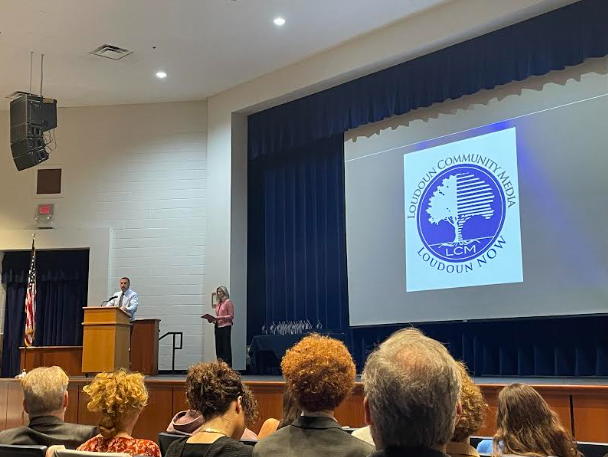On May 7, India launched missile strikes on Pakistan in response to a terrorist attack in Indian-administered Kashmir, which India claims was backed by Pakistan. The start of tensions between India and Pakistan dates back even before the two states became independent, so what was the reason behind these tensions?
The tension between India and Pakistan can be traced back to the independence movements within British India, then known as the British Raj. According to Britannica, the main independence movement within the British Raj was known as the Indian National Congress, founded in 1885. The INC claimed to represent all peoples within the British Raj, with ideas such as “Swadeshi,” which promoted reliance on domestically produced goods. Some Indian Muslims within the INC felt that they were not being fairly represented, and decided to form their own party, the All-India Muslim League.
According to Britannica, “This development was driven by the increasing dissatisfaction among Indian Muslims with the Indian National Congress, which many perceived as primarily representing Hindu interests.”
This event began a split between Indian Hindus and Muslims, as they saw each other not as Indians, but instead as Hindus and Muslims. Additionally, ideas such as the “Two-Nation Theory,” created by former All-India Muslim League president Muhammad Ali Jinnah. As said by Jinnah, “Hindus and Muslims belong to two different religious philosophies, social customs and literacy traditions… they belong to two different civilizations which are based mainly on conflicting ideas and conceptions.”
In 1940, the All-India Muslim League adopted the Lahore Resolution, which, just like the Two-Nation Theory, called for separate Hindu and Muslim states. This would begin to lay the groundwork for both India and Pakistan.
Another point of tension between the two states comes from the immediate aftermath of the partition of India. According to Britannica, on August 15, 1947, the Indian Independence Act, which was passed by the British Parliament, was sent into effect, which created the states of India and Pakistan, with the latter consisting of Pakistan and modern day Bangladesh.
According to the Stanford Report, despite the lack of calls for relocation within the Indian Independence Act, the largest mass migration event in human history would begin. According to National Geographic, as many as 18 million people, Hindus, Muslims and Sikhs, would leave their homes, sometimes by force.
These 18 million people travelled to their respective countries, with Hindus and Sikhs leaving for India, and Muslims leaving for Pakistan. As written by National Geographic, “Uncertain about where the borders had been drawn-and which country they currently lived in-as many as 18 million people packed up their belongings and set out to reach the “right” country.”
According to the Stanford Report, along the way, between half a million to two million people were killed, as long brewing tensions between the three groups boiled over. This left long lasting scars between all involved, with these scars still being ever-present to this day.
As written by National Geographic, “For many in India, Pakistan, and Bangladesh, the losses and memories of the bloody, uncertain days are still haunting.”
































